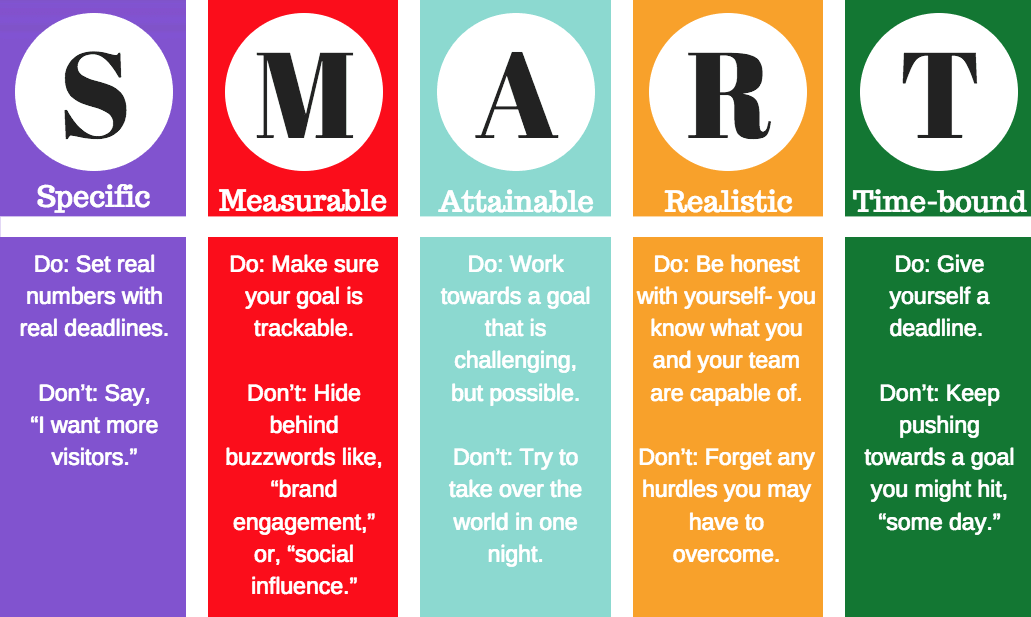Introduction: Navigating the Challenging Landscape of Product Innovation
In the fast-paced world of entrepreneurship, developing a successful product is like navigating a complex maze. Shockingly, only 0.03% of products ever reach profitability, making product development a high-stakes journey of innovation and strategic thinking. But don't be discouraged – with the right approach, you can significantly improve your chances of success.

1. Conduct Thorough Market Research
Know Your Battlefield
Before diving into product development, comprehensive market research is your secret weapon. This means:
- Identifying key competitors
- Analyzing existing product functionalities
- Uncovering unmet customer needs
- Understanding market gaps and opportunities
Pro Tip: Leverage tools like Google Trends, industry reports, and customer surveys to gain deep market insights.
2. Customer-Centric Approach: The Heart of Innovation
Solving Real Problems
The most successful products don't just exist – they solve genuine customer problems. This requires:
- Deep customer activity analysis
- Proactive customer engagement
- Identifying pain points customers might not even recognize
Key Strategy: Conduct interviews, create user personas, and develop empathy maps to truly understand your target market.

3. Financial Viability: Crunching the Critical Numbers
Economic Sustainability Matters
Not every great idea is a great business. Evaluate:
- Potential return on investment (ROI)
- Production costs
- Pricing strategies
- Long-term financial sustainability
Financial Checklist:
- Break-even analysis
- Projected revenue streams
- Cost of customer acquisition
- Potential profit margins
4. Set Clear, Measurable Goals
Roadmap to Success
Establish concrete, actionable goals that keep your team aligned:
- Specific timeframes
- Milestone tracking
- Feature development targets
- Revenue and growth objectives
Recommendation: Use SMART goal-setting methodology (Specific, Measurable, Achievable, Relevant, Time-bound)

5. Maintain Laser-Focused Execution
Avoid the Trap of Feature Creep
Stay true to your core product vision:
- Prioritize solving the primary customer problem
- Resist unnecessary feature additions
- Maintain a clear, focused development strategy
Warning Signs of Feature Creep:
- Constant scope changes
- Losing sight of original product purpose
- Overcomplicating the solution
6. Prioritize Communication and Collaboration
Create a Unified Team Ecosystem
Effective product development is a team sport:
- Establish clear communication channels
- Use collaborative project management tools
- Create dedicated information points
- Encourage cross-functional transparency
Top Collaboration Tools in 2025:
- Slack
- Notion
- Trello
- Asana

7. Embrace Continuous Feedback
The Power of External Perspectives
Feedback is the compass that guides product improvement:
- Implement regular customer feedback loops
- Analyze recurring themes
- Stay grounded and objective
- Use insights for strategic refinement
Feedback Collection Methods:
- User surveys
- Beta testing programs
- Social media monitoring
- Customer interview panels
8. Cultivate Resourcefulness
Innovative Problem-Solving
Transform constraints into opportunities:
- Find creative, cost-effective solutions
- Leverage free and open-source tools
- Build strategic partnerships
- Optimize resource allocation
Resourcefulness Strategies:
- Open-source project management tools
- Collaborative supplier relationships
- Lean development methodologies
- Continuous learning and adaptation

Conclusion: Your Path to Product Success
Successful product development is part art, part science. By implementing these eight strategies, you'll be well-equipped to navigate the challenging landscape of innovation. Remember, persistence, adaptability, and a genuine commitment to solving customer problems are your greatest assets.
Ready to Transform Your Product Idea into Reality? Start your journey today – research, plan, and execute with purpose!